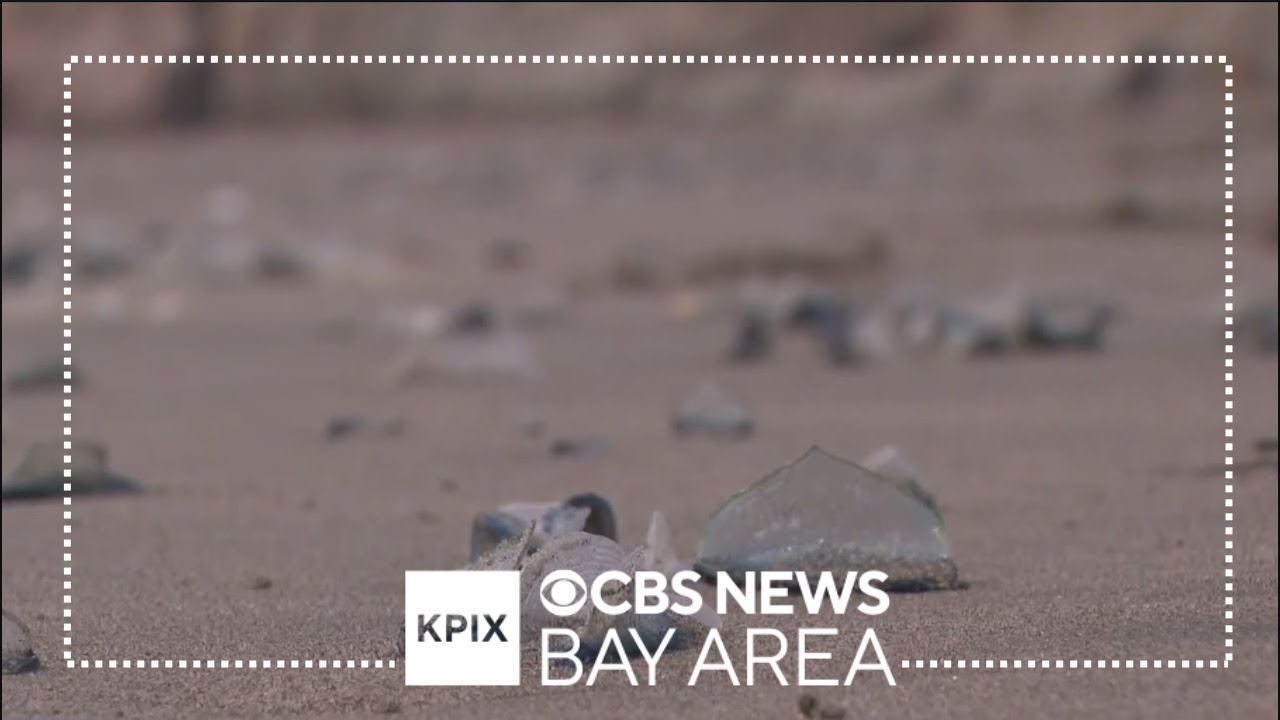Consultați World of Tanks aici și obțineți bonusuri exclusive: https://bit.ly/3WPWppW Timp de aproape trei secole, războiul naval din lumea occidentală a fost dominat de navele cu pânze capitale. Începând cu secolul al XVII-lea, ei au luptat de obicei într-o singură linie lungă, linia de luptă, care le-a permis să tragă flote inamice cu tunet. Navele alese pentru această sarcină solicitantă, doar cele mai bune, erau numite nave de linie. În acest videoclip, ne uităm la modul în care istoriografia modernă explică evoluția navelor cu vele instabile și lente din Evul Mediu la navele masive, încărcate de tun și manevrabile ale liniei care au dominat mările în secolele al XVII-lea și al XVIII-lea. #history #sailing Patreon (mulțumesc): https://www.patreon.com/sandrhomanhistory Printuri și tricouri: https://sandrhoman.creator-spring.com/ Paypal (mulțumesc: https://www. paypal.com/paypalme/SandRhomanhistory Twitter: https://twitter.com/Sandrhoman Bibliografie DeVries, K. The Effectiveness of Fifteenth-Century Shipboard Artillery’, Mariner’s Mirror 84 (1998), 389-99. McKee, A., King Mary Rose a lui Henry al VIII-lea, New York 1974, pp. 65-8. Parker, G. , Ships of the Line, în: The Cambridge History of Warfare, Cambridge 2005. Parker, G., „The ‘Dreadnought’ Revolution of Tudor England ,” Mariner’s Mirror, august 1996, Vol. 82, Issue 3. Parker, G., The Military Revolution: Military Innovation and the Rise of the West, 1500-1800, Cambridge 1988,. Stradling, RA The Armada of Flanders: Spanish Politica maritimă și războiul european, 1568-1668. Cambridge și New York 1992. Glete, J., Warfare at Sea, 1500-1650: Maritime Conflicts and the Transformation of Europe, Londra și New York 2000. Rodger, NAM, The Safegua rd of the Sea: A Naval History of Britain, 660-1649, Londra 1997. Sicking, L. , Naval warfare in Europe, c. 1330-c. 1680, în: Tallet, Frank/Trim, DJB (Ed.), European Warfare 1350-1750, Cambridge 2010, p. 242. Ficțiune legată de perioada modernă timpurie: Alexandre Dumas,Cei trei mușchetari https://amzn.to/2CJVAuu Alexandre Dumas, 20 de ani după https://amzn.to/32g82Lv Alexandre Dumas, Vicomte de Bragelonne https:/ /amzn.to/2EnIOCB Markus Heitz, The Dark Lands https://amzn.to/3ntZgEu Recomandări militare Si-Fi: Bernard Cornwell, Sharpe (Seria de 22 de cărți despre războaiele napoleoniene), https://amzn.to/ 3RZyty0 Dan Abnett, The Founding: A Gaunt’s Ghosts Omnibus (Gaunt’s Ghosts) https://amzn.to/3vdGxkZ Dan Abnett, The Lost: A Gaunt’s Ghosts Omnibus (Gaunt’s Ghosts) https://amzn.to/3osvFvA Dan Abnett, The Saint A Gaunt’s Ghosts Omnibus (Fantomele lui Gaunt) https://amzn.to/3orikUk Glen Cook, Chronicles of the Black Company (Chronicles of the Black Company Series Cartea 1) https://amzn.to/3PVgyGV Istoriografie: Neville Morley , Writing Ancient History 1999. https://amzn.to/3NCyoNl Deși se concentrează pe istoria antică, este o carte genială pentru oricine este interesat de ceea ce este de fapt istoria. Este o poveste? Cum funcționează în practică? Scrierea istoriei poate fi obiectivă? Este „științific”? Ce o face o disciplină adecvată la universitate?
source
Navele de linie – Războiul naval în epoca navigației (Pt. 2)





Check out World of Tanks here and get exclusive bonuses: https://bit.ly/3WPWppW
Check out part of our naval-warfare-series here: https://youtu.be/bVkdubCi2PI
Thanks to all of you who consider becoming a Patreon: https://www.patreon.com/sandrhomanhistory
Some interest fact. The Hundred Years War had the Grace Dieu was built with a triple clinker system which made it almost impossible to sail due to weight.
The galleon had also some of the first bilge pumps that were hand powered which made dewatering effective.
The art in this video is groundbreaking! I love your first videos so much & its been so awesome to see how professionally youve developed your profound & dare i say, truly revolutionary means of education
🙂
Does anyone know where I can read more about that ship the 'Grande Francoise'? I can't find much about it
how can those schips go in opposite lines? Since they couldnt sail agains the wind as far as i know?
4:00 There were like the Constitution Class starships in Star Trek, with the sudden and massive advances in technology. Same types of missions too!
Another great video! Greetings from Brasil!
It's a shame you didn't mention that British ships were forbidden to attack American ships because they built very fast and nimble frigates that smashed the British every time in a skirmish
That's a lot of dakka.
That transition to World of Tanks tho!
awesome. cant wait for more
Shame that you didn't mention the Korean Turtle Ships. They've got to be one of my favorite tools of naval warfare.
GEKOLONISEERD!
It's a good day when you upload.
🤠👍🏿
30 seconds in and I already learned something new. I always thought "ships of the line" was referring to some kind of assembly line churning out ships.
Just an fyi, “bow” when referring to the front of a ship is pronounced “b-ow”, with the o sound like in “ow”, or in “bowing”.
Nit picking here, but "bow" in this case is pronounced the ssme as bending at the waist, not the thing you shoot arrows with.
I love your videos. Please more
I loved the remake of Sid Meier's Pirates! where you could master the art of dancing and win dancing shoes to better your odds of scoring a hotter Governor's daughter for a wife.
These video's are usually very informative which I can appreciate. Nice video.
Awesome video, as usual. Thank you! 🙏
I would like you to make a more in-depth video of the naval battles of the galleons during the 16th century, until the middle of the 17th century, focused mainly on the use they were given in the first armies that began to battle around the Atlantic, the Pacific and the Indian sea, being the case of the Portuguese, Spanish, Dutch and English.
There must be refrigerator magnets of the wonderful animated soldiers and historical figures (e.g. Philip II at 09:56 – 10:01) that populate these videos.
Some enamel pins would be nice, as well.
Regards,
Kev
ps.
I've watched 'em all twice (at least) and I never miss a new post.
This channel is a gem.
-K.
How many cannons should we put on the ship, Sire?
Yes.
you should had sad that the portuguese developed this kind of ship
Outstanding episode. “Bow” as in the front of a ship is actually pronounced like the German “hau” or English “cow”, today whereas the “bow” that archers use is pronounced as in this video or as in the English “flow” or “blow”.
I apologise for the endless circus that is English spelling & phonics
✌✌
Fantastic video again. Thx
With respect.
In English, Prow and Bow (when used as nautical terminology) rhyme with "Ow" rather than "Oh".
Carry on.
This topic and the visual style makes me want to play Port Royal again. Super interesting time and topic, thx for covering it!
Hope you don't get demonitized by saying "galleass". Brilliant vid.
So now I know what that battle in that Oversimplified video was about
The crossing of the T was a very devastating tactic used at the battle of Trafalgar by Nelson .
Its pronounced Bow not like bow or bow or bow. It rhymes, with bough not with dough. Come on now its simple English.
a bit more complex becuase the cog developed into to divergent styles the style that became the galleon and the style that became carracks. carracks were massive cargo ships that often were very well armed but not super easy to manoeuvre in combat.
actually the original Galleass were sort of galkeys with sails and cannons added that gradually got bigger over time and started to develop into the later frigates.
Again the Spanish Armada is mentioned, which resulted in at most 2 to 3 Spanish vessels being sunk or captured by enemy fire, whereas the following year the English Armada lost 40 ships sunk or captured when they attacked Spain.
The really important lesson was that the English ships were designed for combat, being faster, more manoeuvrable, despite many being bigger than galleons, better armed and able to reload their guns easily, as they were on wheels and could be pulled into the hull for reloading. Traditionally ships , like the galleons, were really armed merchantman, which fired once before grappling to fight hand to hand, at which the Spanish excelled. So whilst the galleons were perfect for going to and from the New World with huge loads, the English ships were perfect for fighting and piracy. This is why Spain soon adapted their ships to be able to reload and sustain prolonged gun battles.
The common misconception that the failure of the Spanish Armada resulted in the decline of the Spanish Empire is completely false, and it took a long time and many factors. This is demonstrated by the frequently overlooked War of Jenkins's Ear, 1739 – 1748, which the English lost to the Spanish, resulted in England having 50,000 dead and injured and 407 ships lost, whereas Spain only had 9,500 casualties and 186 ships lost.
1 Minute in an I already love it
I find it amusing how sailing ships in your animations are able to sail against the wind.
Although large-scale battles and operations truly depended on the huge ships of the line filled with artillery it is interesting to point out the huge role that smaller ships, particularly frigates, still had in the theater of war. Their role in disrupting supply, raiding convoys, harassing coastlines, and gathering intelligence was actually the bulk of naval operations and it is also a scene for many smaller battles and prize captures. I would argue that some of the most interesting naval actions o the 18th and early 19th centuries had to do with these smaller ships
What was the rate-of-fire of the various cannons? That is a subject not often covered. It's my understanding that the larger cannons could only fire every few hours.
9:45 While the british did win, wasnt the spanish armada heavily battred due to storms? and was it not so that very little ships were sunk, that in the next year, the english counter armada was defeated by the spanish/